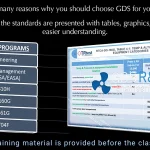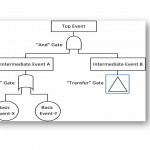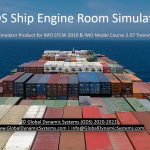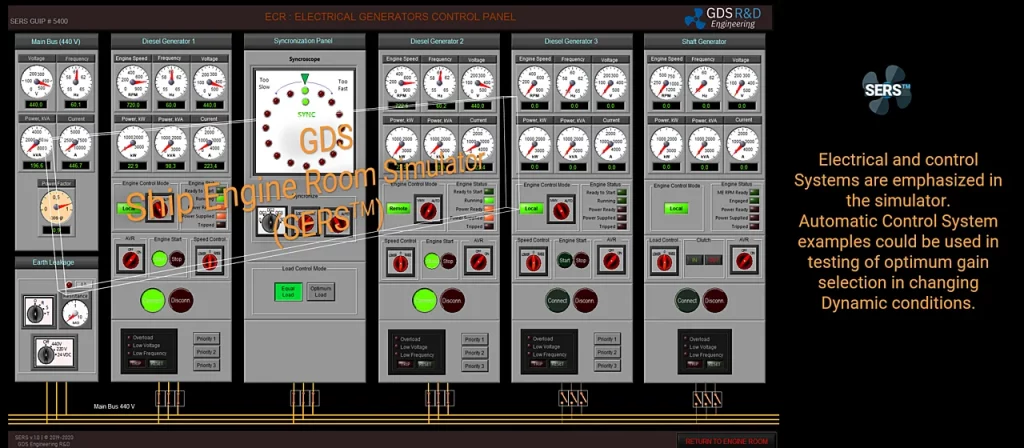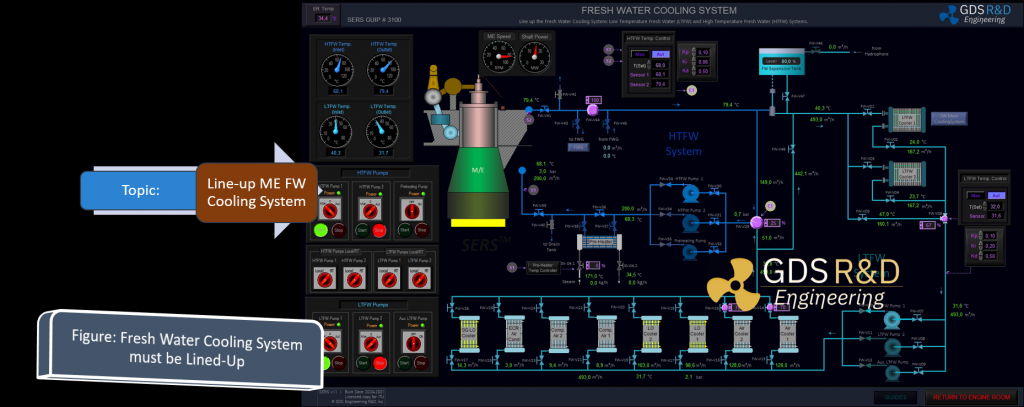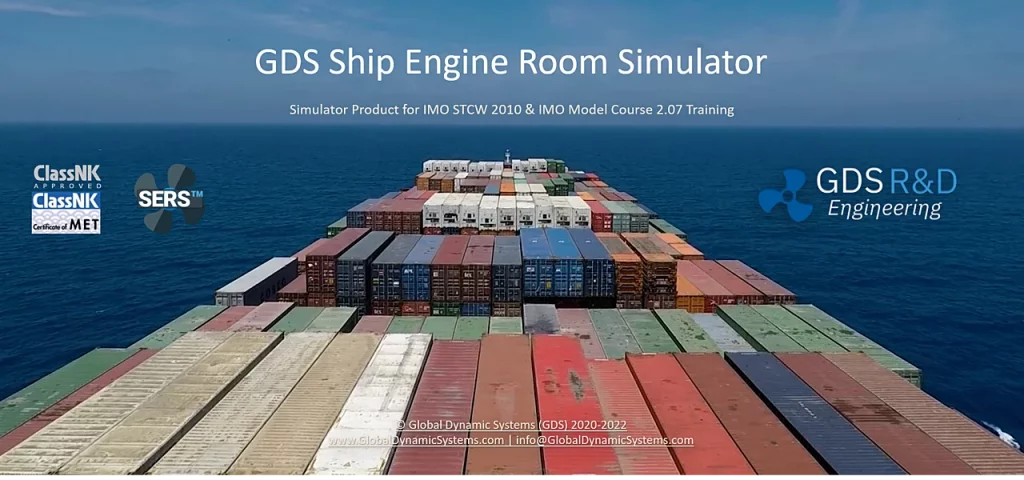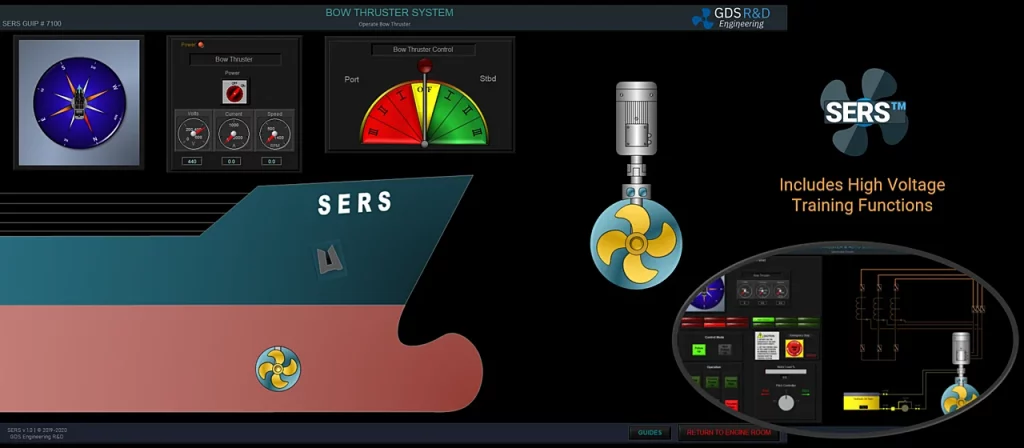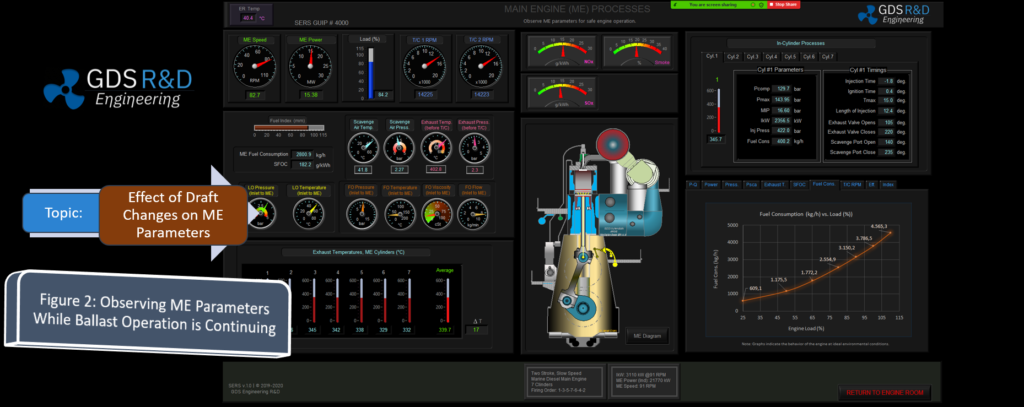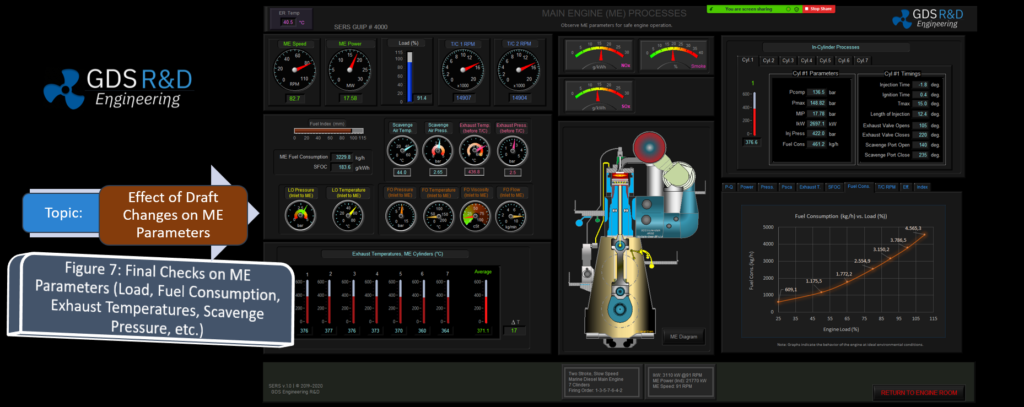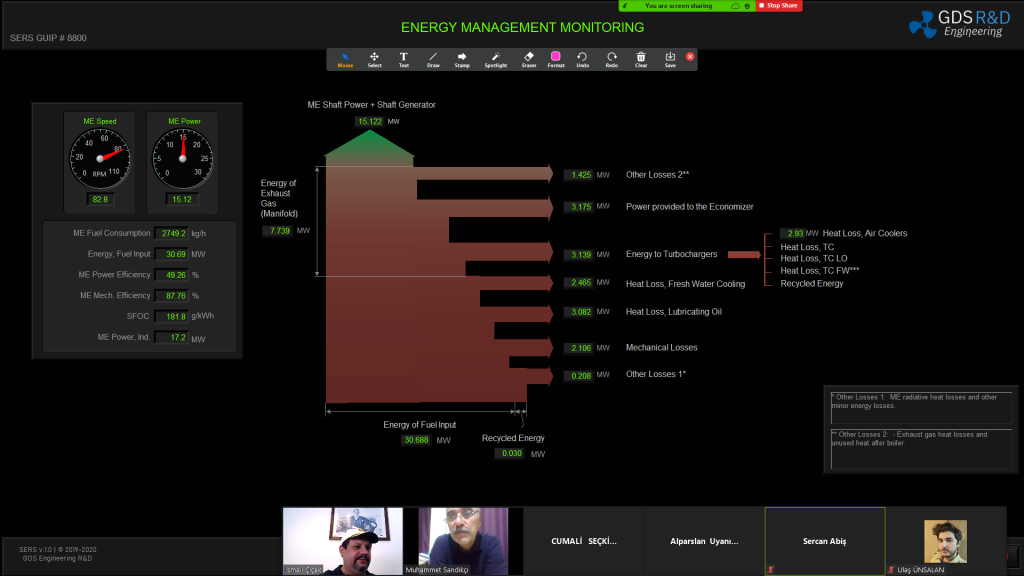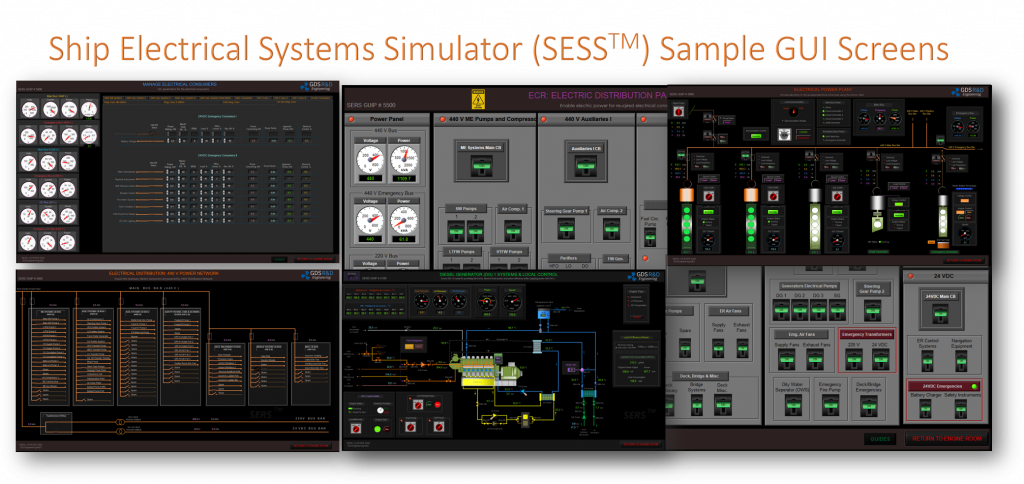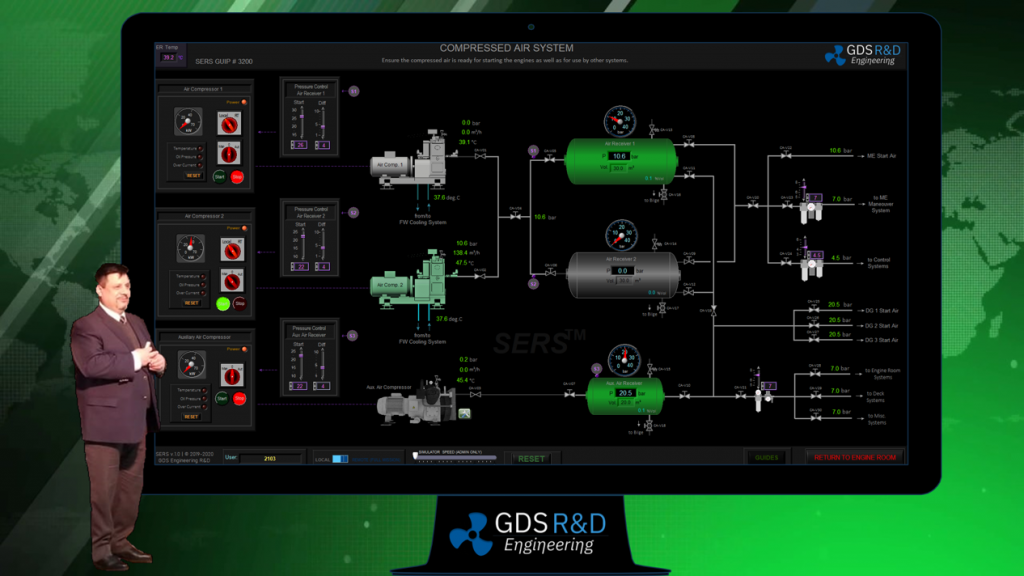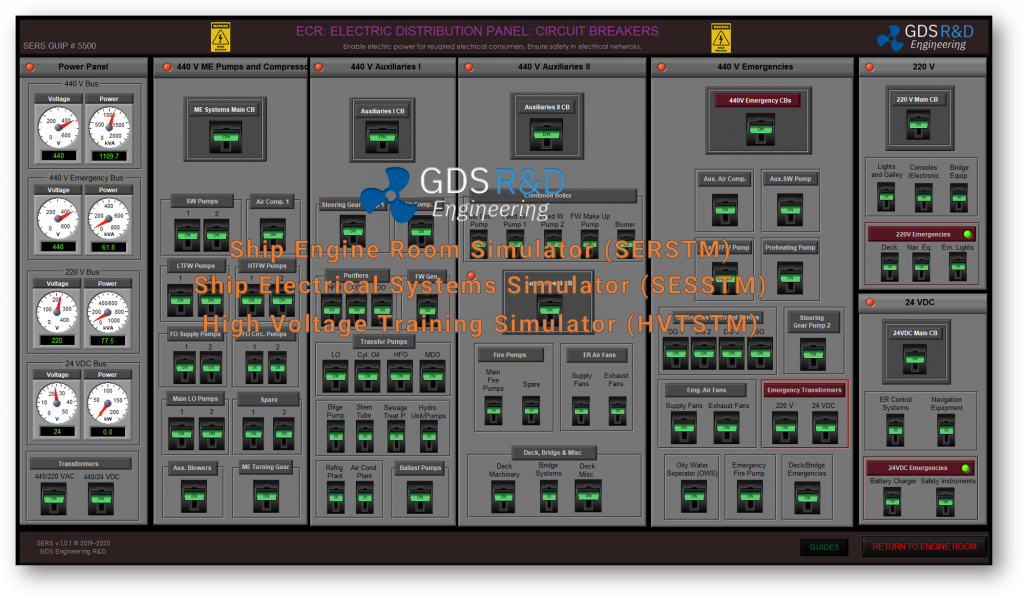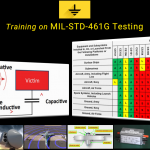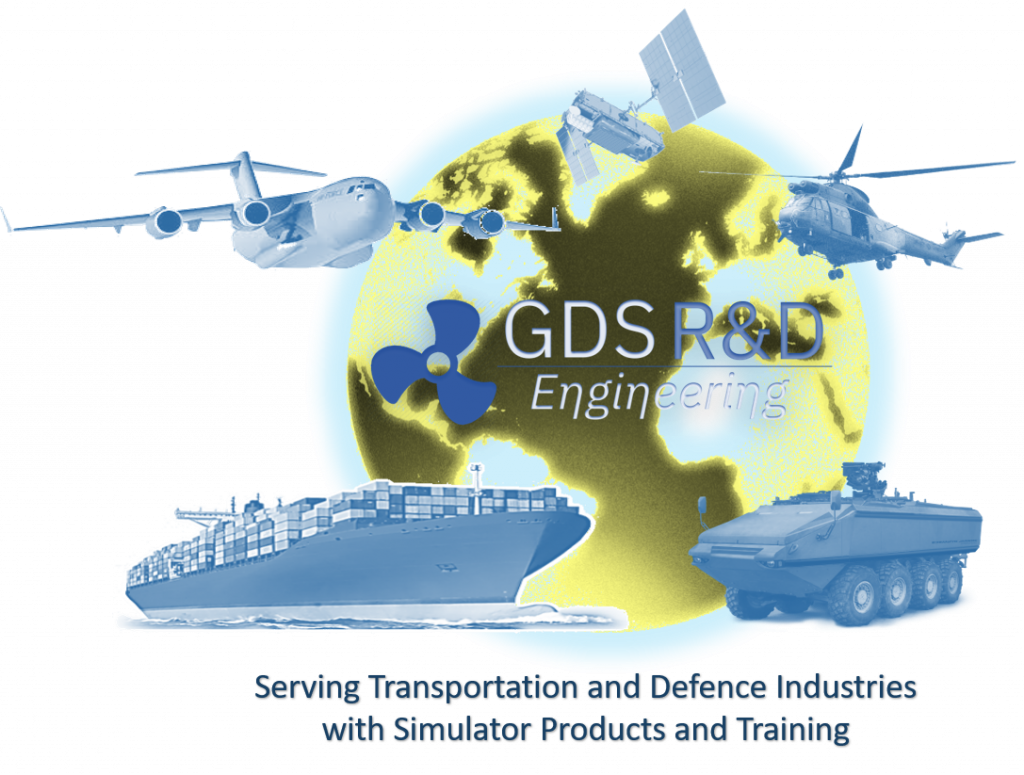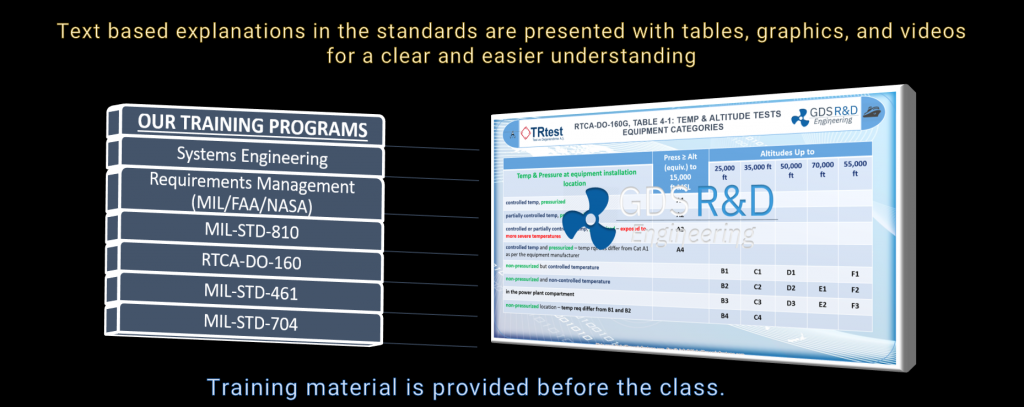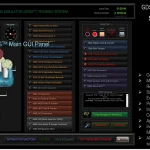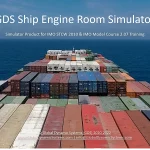GDS Training Institute – Training Calendar
Future Training Programs
| Date | Schedule | Code | Training Name | Training Type |
|---|---|---|---|---|
| 2-4 May 2025 F-S-S (2.5 days) | Istanbul Timezone (UTC +3) (See Note 3) | 250402 | Applied Vibration Testing (810/DO160/… Vibration Tests with Applied Training using a Shaker in Test Laboratory) | Face-To-Face |
| 5-9 May. 2025 M-F (5days) | ISTANBUL Time (UTC +3) All 5 Days: 9:30 – 16:30 (See Note 2) | 250501 | Systems Engineering (See Note 1) Systems Engineering, Requirements Development & Management, Configurations Management, Risk Management | Face-To-Face |
| 12-16 May 2025 M-F (5days) | ISTANBUL Time (UTC +3) All 5 Days: 9:30 – 16:30 (See Note 2) | 250502 | IPS, ILS, and Reliability Engineering (See Note 1) Integrated Product Support (IPS) Integrated Logistics Support (ILS) Reliability Engineering (RE) Environmental Stress Screening (ESS/HALT/HASS) | Face-To-Face |
| 28-30 May 2025 W-T-F (2.5 days) | US Central DAYLIGHT Time (CDT, UTC-5) (See Note 1) | 250503 | MIL-STD-810H Environmental Test Considerations of Military Equipment and Subsystems | Online |
| 6-8 June 2025 F-S-S (2.5 days) | US Central DAYLIGHT Time (CDT, UTC-5) (See Note 1) | 250601 | Requirements Engineering & Management (based on FAA/DOD/NASA Systems Engineering Includes Methods for Requirements Development and Management) | Online |
Note 1: Daily Schedule:
– Day 1: 8:30 – 16:30
– Day 2: 8:30 – 16:30
– Day 3: 8:30 – 12:30
Note 2: 250201 (Systems Engineering) and 250202 (IPS/ILS/Reliability) courses are certified courses are certification training courses and conducted by Quality Vertex Integrated Systems Engineering (QVISE), Global Dynamic Systems, Inc., and GDS Enginering R&D, Inc. international collaboration. You can register for two weeks for all modules OR register only for the module(s) you have an interest. The course instructors are international experts, led by Dr Ismail Cicek.
Note 3: Hands-on Vibration Testing training will be held in Tuzla (Istanbul) campus of Istanbul Technical University (ITU). This training is organized and will be provided by Dr Ismail Cicek at ITU Marine Equipment Test Center (METC), face-to-face in the METC laboratories.
GDS Training Institute
REGISTRATION
Please send your email to us at info@GlobalDynamicSystems.com with your information to register. Advance payments ensure the seats for the requested training.
Registration Process
To register for a course, do the following:
Individual/Group Registrations:
Training class size is limited with 12 attendees. Please ensure to reserve your seat with the following actions:
1. Review the Training Calendar and select the suitable training for you or for your organization.
2. Fill out the Training Registration Request Form, below this page. We will send you the registration package, via email, including:
- Registration form.
- Daily Training Plan with Sessions and Allocations to Each Subject
- Information about the Payment Process and Account Numbers
- Information about the Class Material Link
- Information about the Training Attandance Link
Organizational (Closed) Trainings:
Please fill out the Training Registration Request Form, below this page. Ensure to describe
- The number of your personnel that will be planned for attandance (approximately)
- Preferred month (please mention with flexible dates) of the training to be scheduled.
- If there are any, please specify the subjects or application interests to emphesize in the training contents.
GLOBAL DYNAMIC SYSTEMS (GDS)
TRAINING COURSES
Worldwide, Online, for ‘Groups’ or ‘Individuals’
Training on
MIL-STD-810H
ENVIRONMENTAL TESTING
“IPS/ILS, Reliability & Systems Engineering”
Certification Training
Training on
EMI/EMC Testing
(per RTCA-DO-160 & MIL-STD-461)
Training on
Vibration and Shock
Testing
Training on
Systems Engineering
(DoD/FAA/NASA/EASA)
Training on
RTCA-DO-160G
ENVIRONMENTAL TESTING
Training on
MIL-STD-461G EMI/EMC Testing
(incl. MIL-STD-464)
Training on
Requirements Management
(FAA/EASA/US DoD/NASA)
Training on
MIL-STD-704F
Aircraft Electrical Interface
About the Instructors
The main instructor of the training is Dr Ismail Cicek. An Avionics Chief Engineer (EE) who is also a Certified Verification Engineer (FAA/EASA) also assists the trainings. Our experienced test personnel also becomes avialable for demonstrations and discussions.
A Certified Verification Engineer (CVE) iaw FAA/EASA and with 18 years of experience. He has worked as the avionics systems chief engineer in product development of avionics systems. He is also experienced in the product testing per environmental and EMI/EMC standards and FAA/EASA certification processes.
Our experienced test personnel also support our training programs. They are actively participating in the environmental testing of products.
About Dr. Ismail Cicek
Dr. Ismail Cicek studied PhD in Mechanical Engineering Department at Texas Tech University in Texas, USA. He study included random vibration. He has both industrial and academic experience for over 30 years.
He gained engineering and leadership experience by working in the United States Department of Defence projects and programs as systems development engineer for 15 years. He led the development of various engineering systems for platforms including C-5, C-17, KC-10, KC-135, and C-130 E/H/J. Dr. Cicek’s experience includes unmanned aerial vehicle development where he utilized the Geographical Information Systems (GIS) and Malfunction Data Recorder Analysis Recorder System (MADARS) development for military transport aircraft.
Dr Cicek worked as the lab chief engineer for five years at the US Air Force Aeromedical Test Lab at WPAFB, OH. He received many important awards at the positions he served, due to the excellent team-work and his detail oriented and energetic personality. These included Terra Health’s Superior Client Award in 2009 and Engineering Excellence Award in 2010 as well as an appreciation letter from the US Air Force Aeronautical Systems Center (ASC), signed by the commander in charge.
Dr Cicek also established a test lab, called Marine Equipment Test Center (METC) and located at Istanbul Technical University, Tuzla Campus, for testing of equipment per military and civilian standards, such as RTCA-DO-160. Providing engineering, consultancy, and training services to many companies and organizations, Dr. Cicek has gained a great insight into the tailoring of standard test methods in accordance with military standards, guides, and handbooks as well as Life Cycle Environmental Profile LCEP) developed for the equipment under test.
Dr. Cicek also completed various product and research projects, funded in the USA, EU, and Turkey. He is currently teaching at Istanbul Technical University Maritime Faculty, Tuzla/Istanbul. He is the founding manager of the METC in Tuzla Campus of ITU. Meanwhile, he provided engineering services, consultancies, and training to many organizations for product development, engineering research studies such a algorith development, test requirements development, and test plans and executions.
Dr Cicek worked as the Principle Investigator and became a Subject Matter Expert (SME) at the US Air Force Aeromedical Test Lab (WPAFB/OH) for certifying the products to the US Air Force Platform Requirements. He also developed Joint Enroute Care Equipment Test Standard (JECETS) in close work with US Army Test Lab engineers and managers.
Read DAU Paper: “A New Process for the Acceleration Test and Evaluation of Aeromedical Equipment for U.S. Air Force Safe-To-Fly Certification”. Click to display this report.
Connect with Dr Ismail Cicek: Linkedin Page
